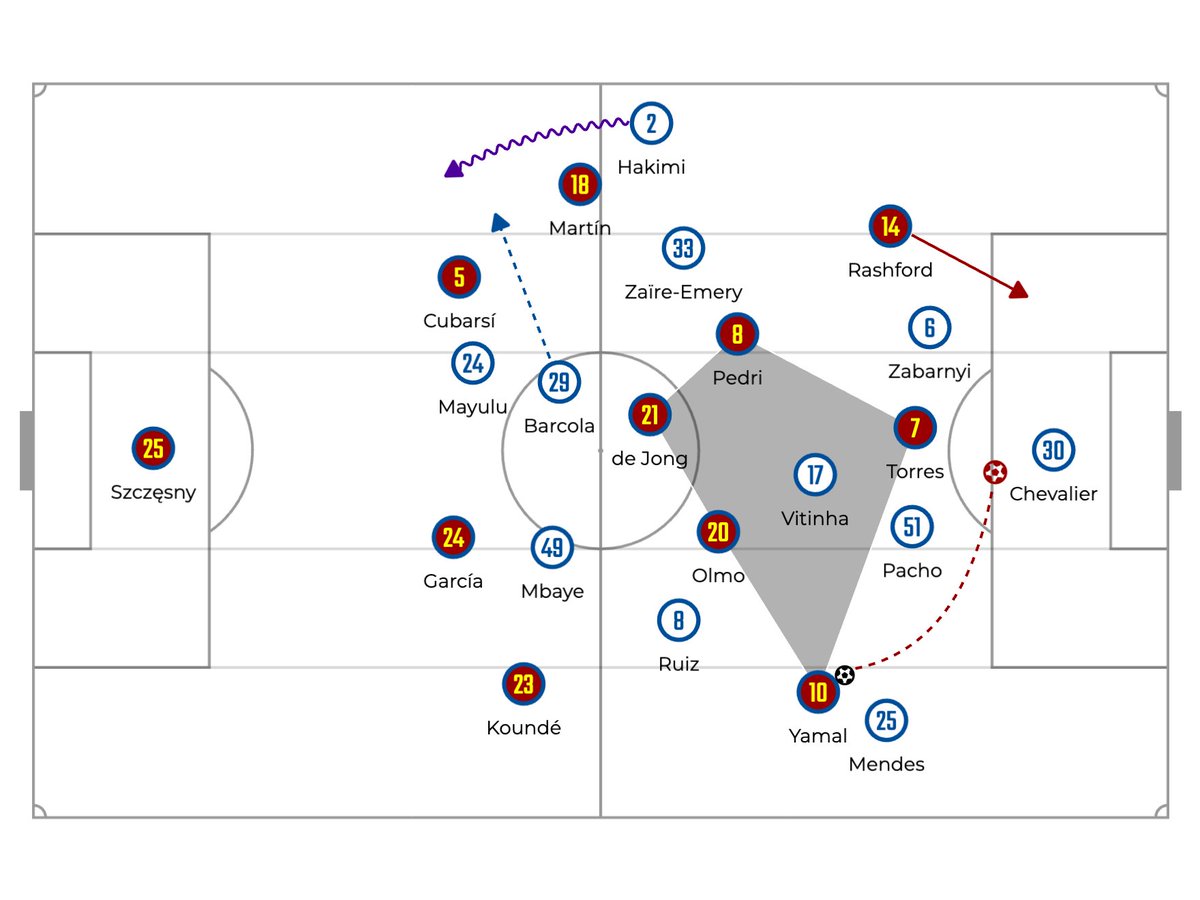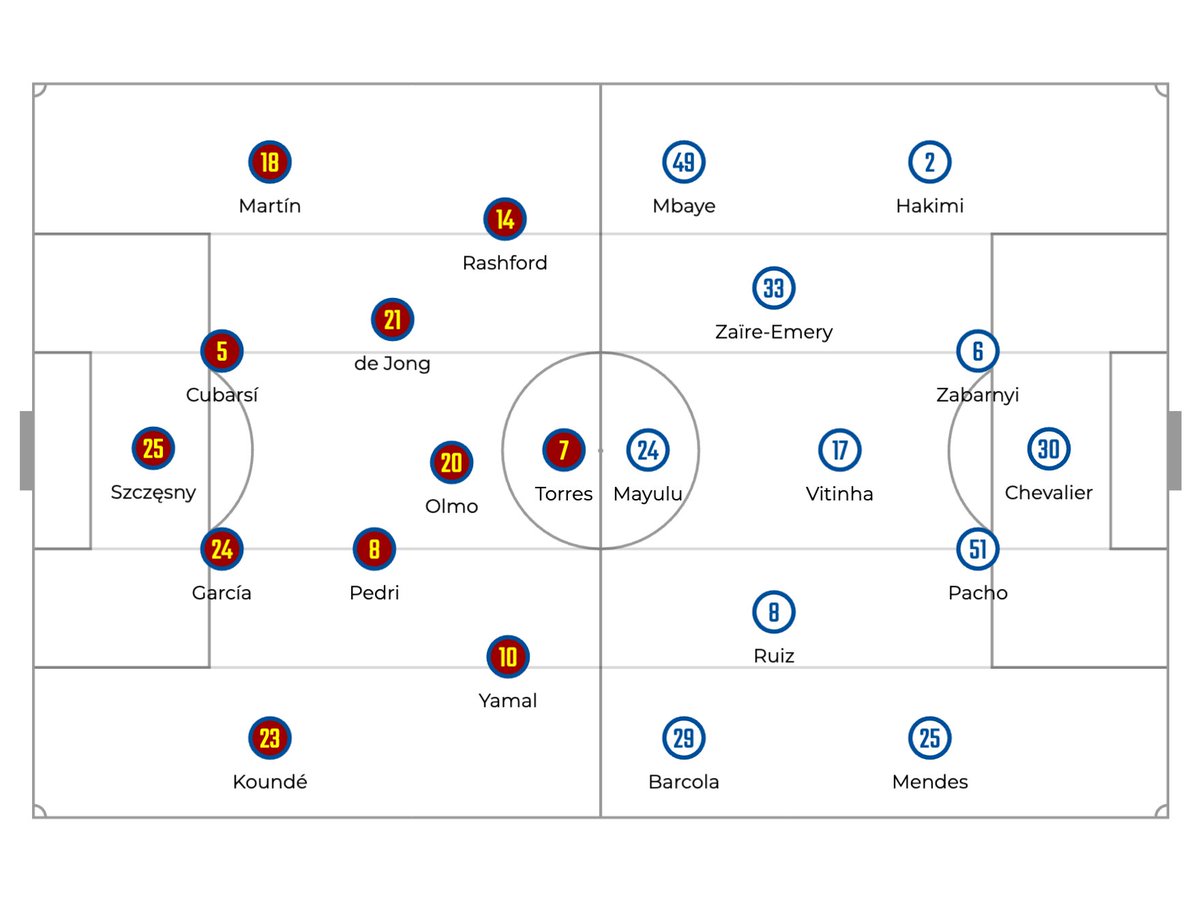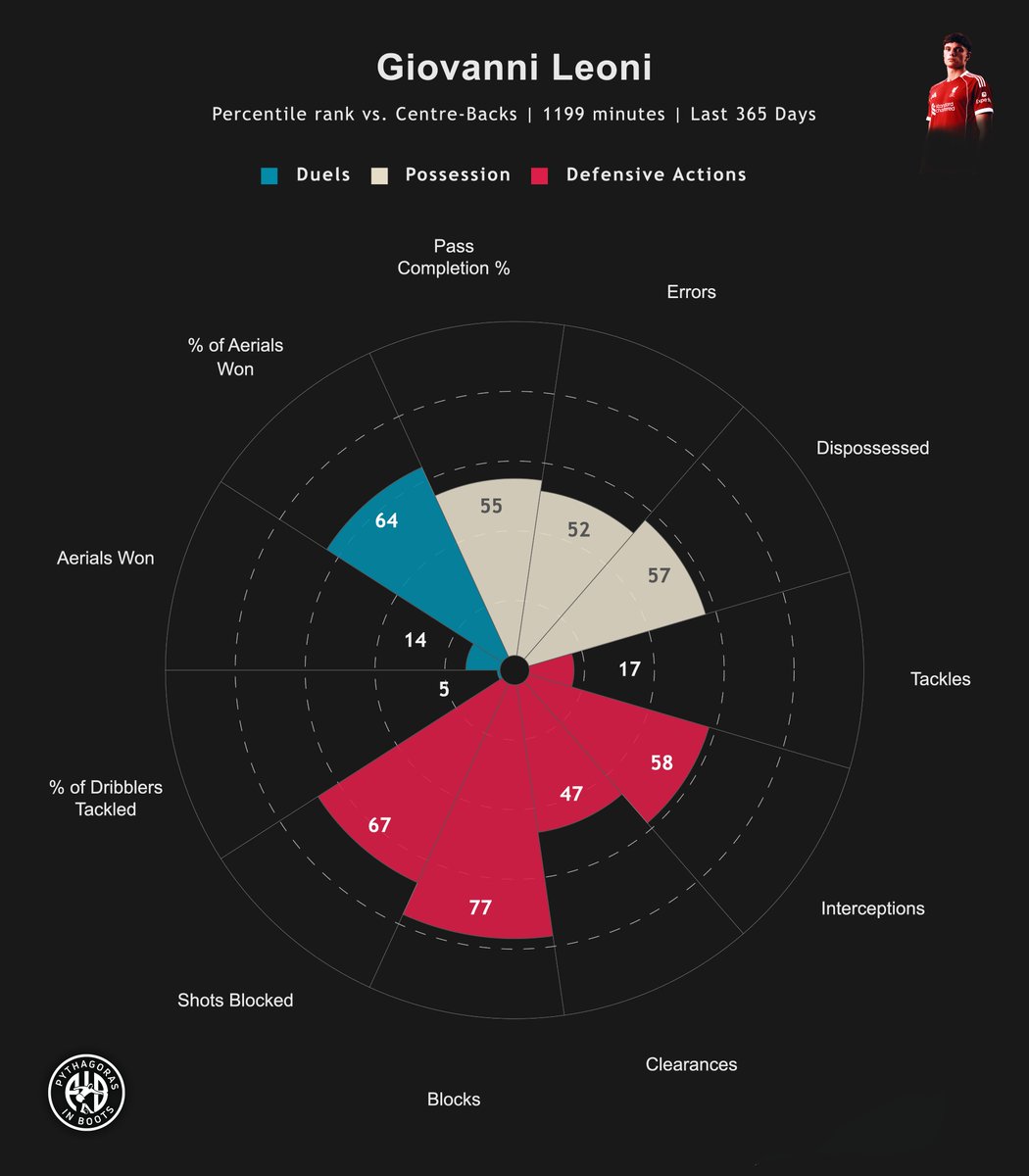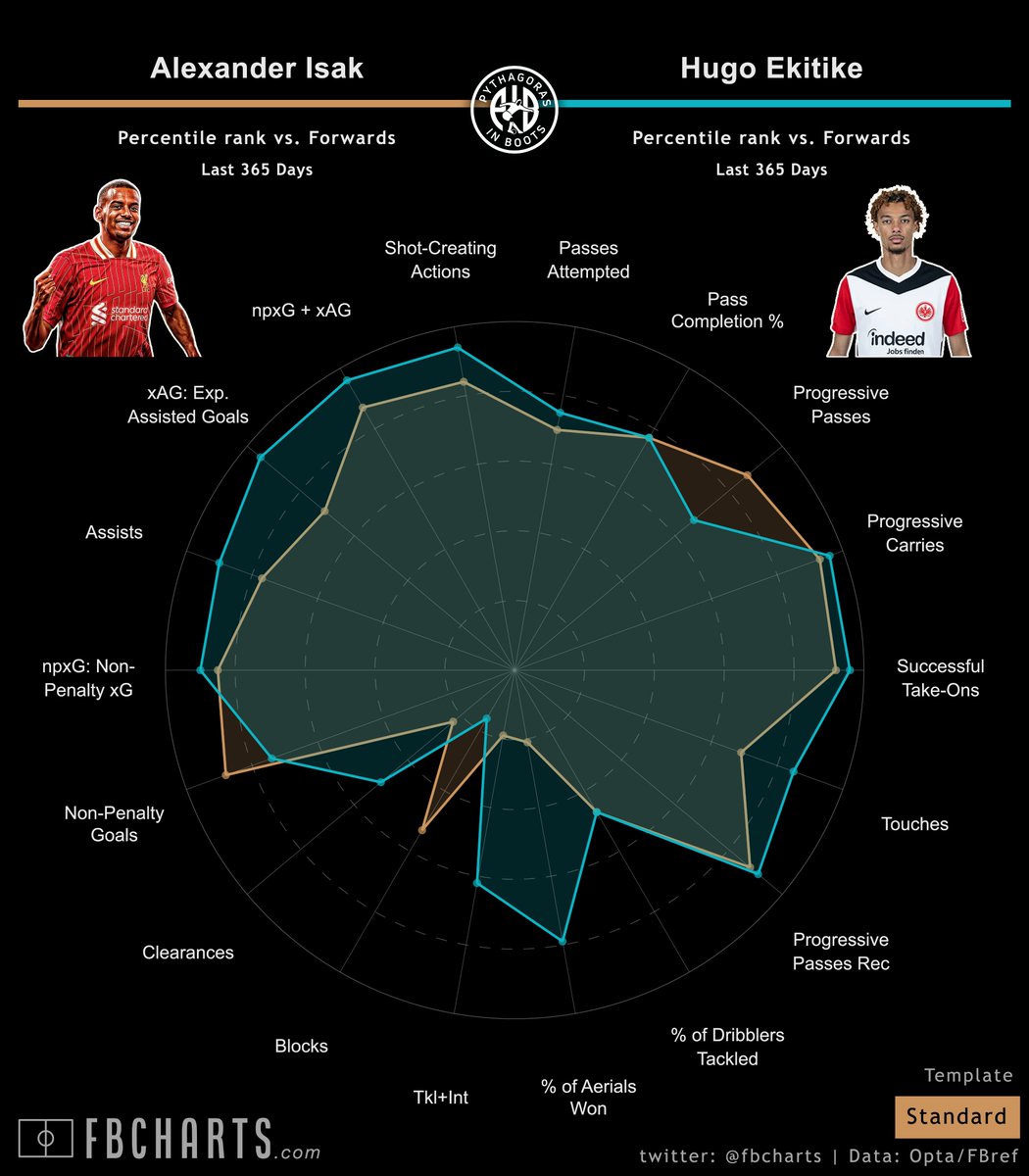#ENGDEN - 𝐓𝐚𝐜𝐭𝐢𝐜𝐚𝐥 𝐓𝐡𝐫𝐞𝐚𝐝
Key points:
🔴Southgate releases the shackles in extra time, learns from 2018 (Foden, Grealish and Sterling to the right)
🔴Saka did not hold width - England too lopsided
🔴Kane in Spurs mode
CC: @TacticalPad
#EURO2020 #ENG #DEN
Key points:
🔴Southgate releases the shackles in extra time, learns from 2018 (Foden, Grealish and Sterling to the right)
🔴Saka did not hold width - England too lopsided
🔴Kane in Spurs mode
CC: @TacticalPad
#EURO2020 #ENG #DEN

England made a blistering start, once again combining down the left. The mids went wide in order to progress the play and Shaw's wonderful one touch flicks and passes kept finding Sterling.
It soon got clocked on to and Denmark shifted across, flooding that area with bodies.
It soon got clocked on to and Denmark shifted across, flooding that area with bodies.
Saka was poor outside of the assist.
He was too narrow and did not run at Maehle and Vestgaard enough out wide. With Walker not overlapping, England's attack down that side was non existent.
Considering Italy's weakness is down the left - this needs sorting.
He was too narrow and did not run at Maehle and Vestgaard enough out wide. With Walker not overlapping, England's attack down that side was non existent.
Considering Italy's weakness is down the left - this needs sorting.

Kane began to drop deep to influence play and take over from the midfield which was struggling.
It was brilliant movement to get between Denmark's CDMs and find Saka who was constantly working the inside and good movement by Sterling to come in from the left.
It was brilliant movement to get between Denmark's CDMs and find Saka who was constantly working the inside and good movement by Sterling to come in from the left.
Credit to Southgate for learning from 2018 and throwing the kitchen sink in extra time. TBH should and could have been done sooner, but at least he finally put Grealish and Foden at the same time which freed up Sterling to go 1 v 1 on the right. 
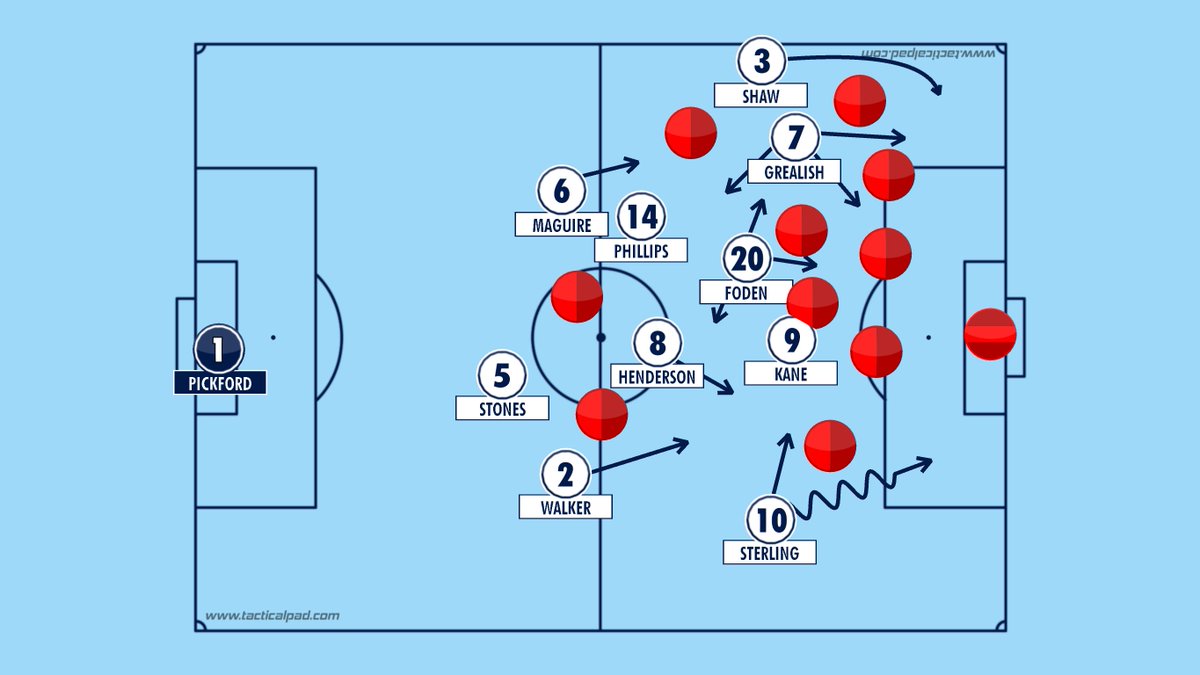
This pinned Denmark back and with players like Sterling and Grealish on the outside of the box down the flanks, you have two wide players who can do it all from a creative perspective and difficult to stop 1 v 1.
This meant the low block of Denmark could always be stretched.
This meant the low block of Denmark could always be stretched.

Grealish came off... I do not like the tactic of bringing on defenders to protect a lead but eventually England did get some composure and dominate possession towards the end of the game.
Foden went false 9 and stretched the Danish defence, excellent tactics by Gareth.
Foden went false 9 and stretched the Danish defence, excellent tactics by Gareth.

Hope you enjoyed that... we did call a butt-clenching victory for England in our preview. Massive kudos to Southgate and the lads... 55 years and our first final. I was 6 when Southgate missed that penalty in 1996 and this has certainly made up for it. Can't wait for the final!
• • •
Missing some Tweet in this thread? You can try to
force a refresh


